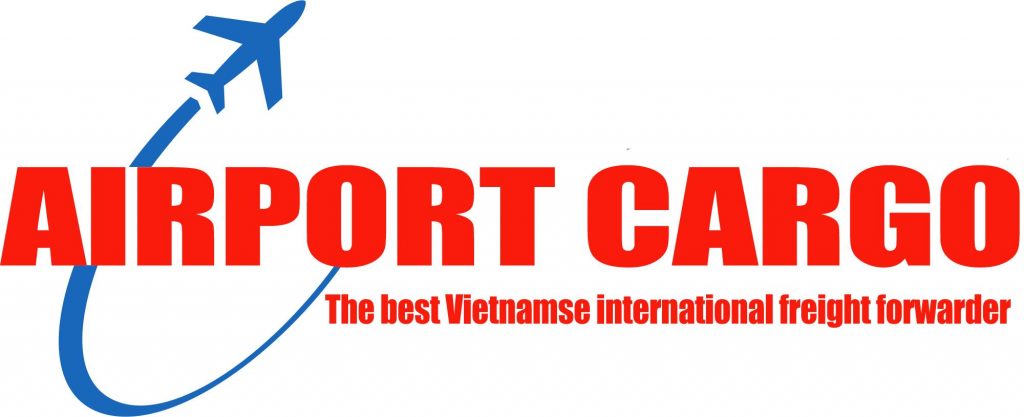How to export from Vietnam to Australia?
This article provides in-depth insight for Australian business people interested in participating in this rapidly rising economy and learning more about the process of exporting items from Australia to Vietnam.
How To Export From Vietnam To Australia
You must meet all export and import rules and regulations to export from Vietnam to Australia. Most importantly, it will help if you have a well-thought-out strategy and a thorough awareness of market trends and associated risks.
We’re here to guide you through how to import goods from Vietnam to Australia. This article can help you with every step of the procedure, from picking up your consignment right through to delivery – and everything else in between.
If you want to import products from Vietnam, there are four procedures you need to take:
Gather information by investigating what you want to import to see if a market exists for them.
Locate suppliers using the following steps: Investigate the Vietnamese manufacturers of the products you wish to import into Australia, make offers, and strike a contract. You can do this alone or work with a partner like Cosmo Sourcing.
Promote your products: Locate outlets for the goods or items you want to sell around Australia.
Arrange for shipping: Use TSL’s superb freight forwarding service to organize your import process. From pick-up to delivery and related services such as packing, storage, and distribution, we will provide all services in the chain.
How To Find Taxes And Duties For Importing To Australia from Vietnam
Duty, GST, and other taxes may apply to goods entering Australia. Customs tax rates vary depending on factors, including the type of products and the place of origin. Because of the AUSFTA’s favorable tariff structure, 99 percent of goods from the United States enter Australia duty-free. However, the importer is still responsible for paying any applicable GST.
Since July 2018, a ten percent GST has been applied to consumer sales of low-value imported items. If a recipient is a GST-registered business purchasing products for use in their business in Australia, they are not considered a consumer.
Suppose the value of their sales of low-value items imported into Australia by consumers (plus any other sales made in connection with Australia) is AU $75,000 or more in 12 months. In that case, a US exporter merely needs to register for GST. If the US exporter solely sells items to GST-registered enterprises in Australia, they will not be required to register for GST.
GST: Goods and Services Tax
Regulations On Importing Textiles & Footwear from Vietnam to Australia
The obligatory standards for labeling various prescription items are outlined in Consumer Protection Notice No. 25 of 2010. Certain portions of the voluntary Australian/New Zealand Standard AS/NZS 1957:1998 Textiles – Care Labelling have been incorporated into this required standard. SAI Global sells the AS/NZS 1957:1998 standard.
Care labeling offers adequate information to the general public to
-
Understand how to care for garments and textiles
-
having a prior understanding of expenditures associated with the continuous care of garments and textile products, such as dry cleaning
-
Grasp how to clean garments and textiles properly (e.g., cold hand wash only)
-
Clothing and textile items should have a long usable life.
-
To avoid dyes running and other types of damage (e.g., wash separately).
-
Textile products, such as apparel, textiles, furniture, suede skins, leathers, and furs, must have appropriate care labeling instructions in English, according to the necessary standard.
The obligatory standard for clothes and textile care labeling applies to:
Textiles, plastic-coated fabrics, suede skins, leathers, and furs are used in apparel, materials, and furniture.
What factors to look for in determining the amount of customs duty?
The amount due for the duty is determined by the classification of the goods and other considerations like exemptions, concessions, and the existence of preference schemes (e.g., a Free Trade Agreement between the origin country & Australia). When importing items, the ICS will automatically compute any duty, GST, Wine Equalisation Tax, or Luxury Car Tax due.
The owner is subsequently given a payment recommendation. Customs will clear and release the goods once the dispute has been resolved. The customs charge on most imported items into Australia is 5% of the value of the goods converted to Australian dollars, but this varies depending on the imported goods.
When importing items, do I have to pay GST in Australia?
Yes. Most imported goods will be subject to GST except for a few essential consumables, specific medical equipment and appliances, precious metals, and other items.
When items are imported, GST is levied at a rate of 10% of the Australian dollar value of the commodities. Thus, the value of imported items equals the commodities’ value (as described above) plus any tariff, transportation, and insurance expenses.
To sum up, Importing and exporting to another country may seem easy. Still, it can be very difficult when you are unaware of the regulations and taxes you must pay throughout the process. Hoping that the article proved to be helpful for you if you start your export from Vietnam to Australia. So before starting an import and export in Australia, keep the following points in mind.
-
Know how much import tax and duty you’ll have to pay on your shipments to Australia.
-
Remember that you don’t have to be an expert in all aspects of importing before placing an order with your overseas provider.
-
Your Customs Broker or Forwarding Agent can provide you with expert advice.
-
Attending the College of International Business’s International Trade (Import/Export) Course, which is held regularly, is an excellent approach to learning about the processes involved in importing.
Please contact Airport Cargo to be further information!
Read more:
How to export from Vietnam to Australia? – (airportcargo.vn)



